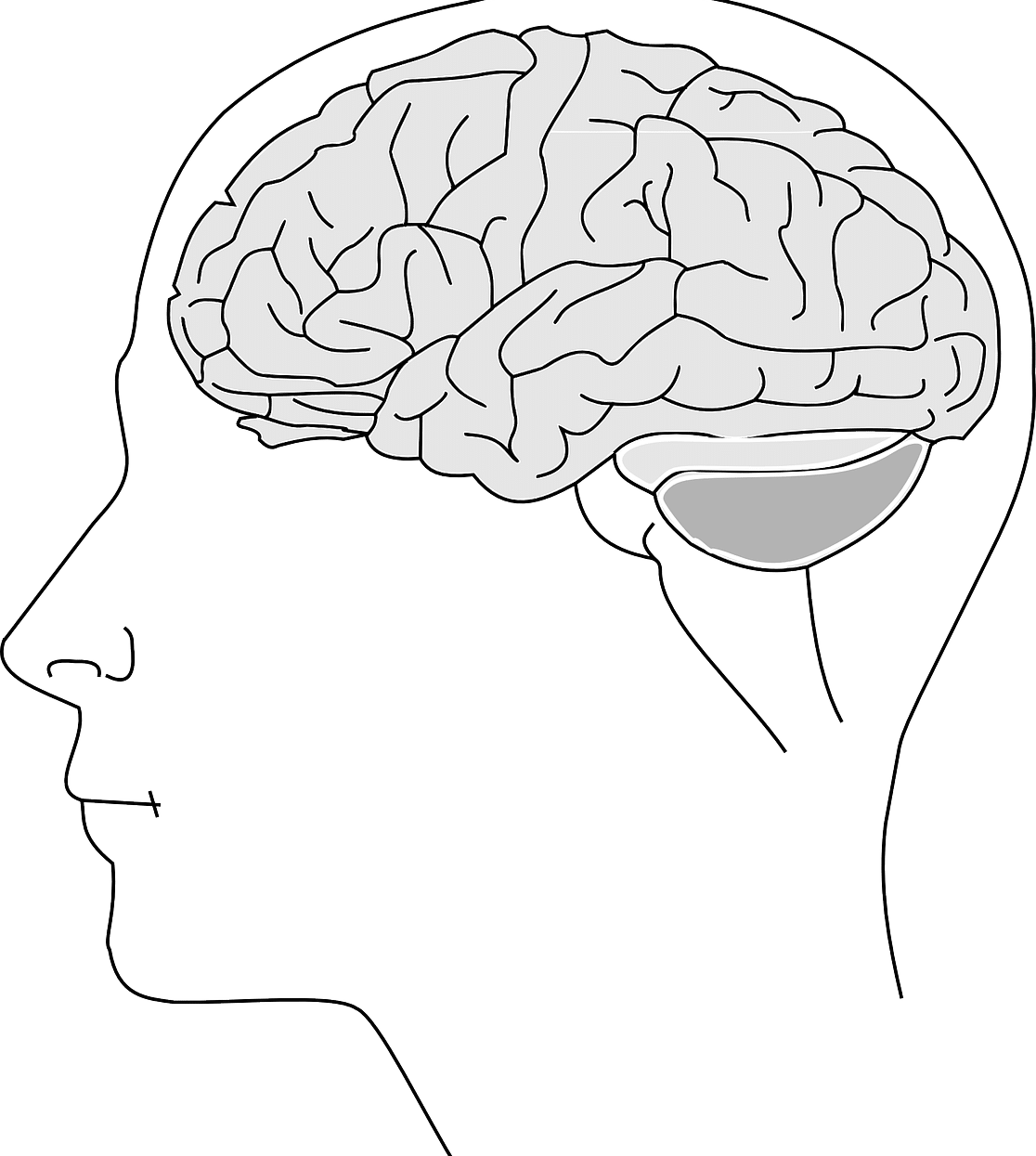
Agnosia is a disorder of perception.
Agnosia is a perception disorder that leads a subject to not recognize individuals, elements or situations that were previously familiar . The concept, which is used in the field of medicine , has its etymological origin in Greek.
Specifically, we can determine that it derives from a word that can be translated as "inability to recognize" , composed of the sum of three clearly differentiated parts:
- -The prefix a- , which is equivalent to “without” .
- -The noun gnosis , which is synonymous with “knowledge” .
- -The suffix -ia , which can be translated as “quality” .
Characteristics of agnosia
Those who suffer from agnosia become unable to recognize certain stimuli that they have already learned. The disorder can also cause the inability to learn other stimuli.
It is important to mention that agnosia is not due to a problem in the senses, such as loss of vision. The person continues to see without problems, although they are unable to register or understand what they observe.
It is determined that all agnosia, regardless of its type, is characterized by having these identifying signs:
- There is a clear inability to recognize stimuli that are received through different sensory channels.
- In the early stages, the person may not fully realize that they have a problem. And it can be considered that its symptoms are a simple mistake or an oversight.
- The patient who suffers from it will have complaints from other people, from his environment, for his way of behaving in a “strange” way.

Agnosia may be due to brain damage.
Classification according to type
It is possible to differentiate between different types of agnosia. The example mentioned above corresponds to visual agnosia : the subject sees, but does not interpret. This alteration is usually generated from damage to the temporal lobe or the occipital lobe.
Within visual agnosia there are several different types:
- Agnosia for colors , which causes the person in question to not be able to identify and differentiate them.
- Prosoagnosia , which is agnosia that primarily affects the perception of faces. In the most serious cases, those who suffer from it may not even recognize themselves in the mirror or their loved ones.
Auditory agnosia , for its part, occurs when the person cannot interpret sounds . In a similar way to visual agnosia, the affected person can hear without problems: the problem lies in processing the meaning of the sound in question.
Body agnosias constitute a group of alterations that imply that the subject is unable to recognize or identify part or all of his or her body. Other types of agnosias are motor agnosias (problems remembering a movement pattern) and tactile agnosias (difficulties recognizing what is touched), among others.
